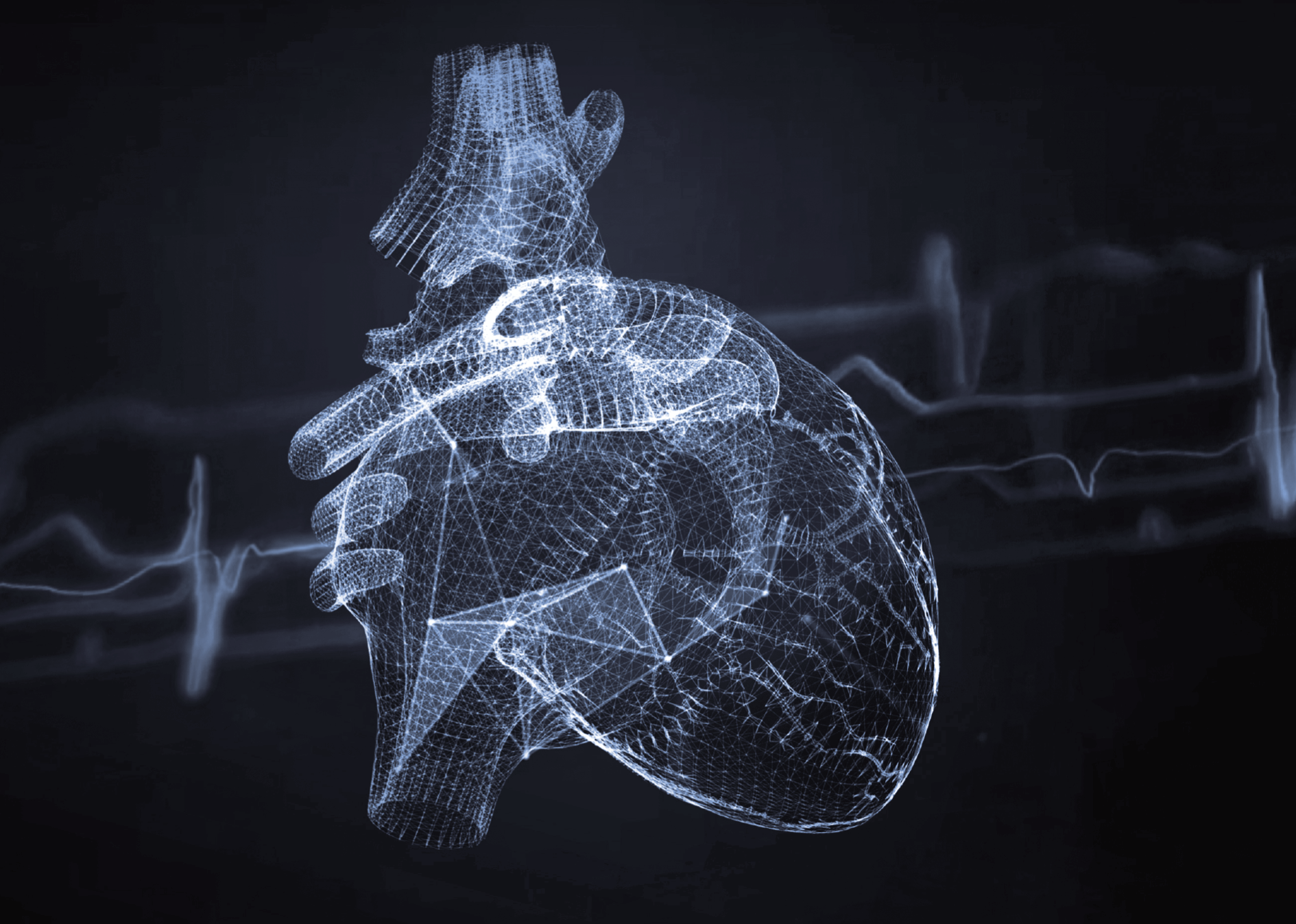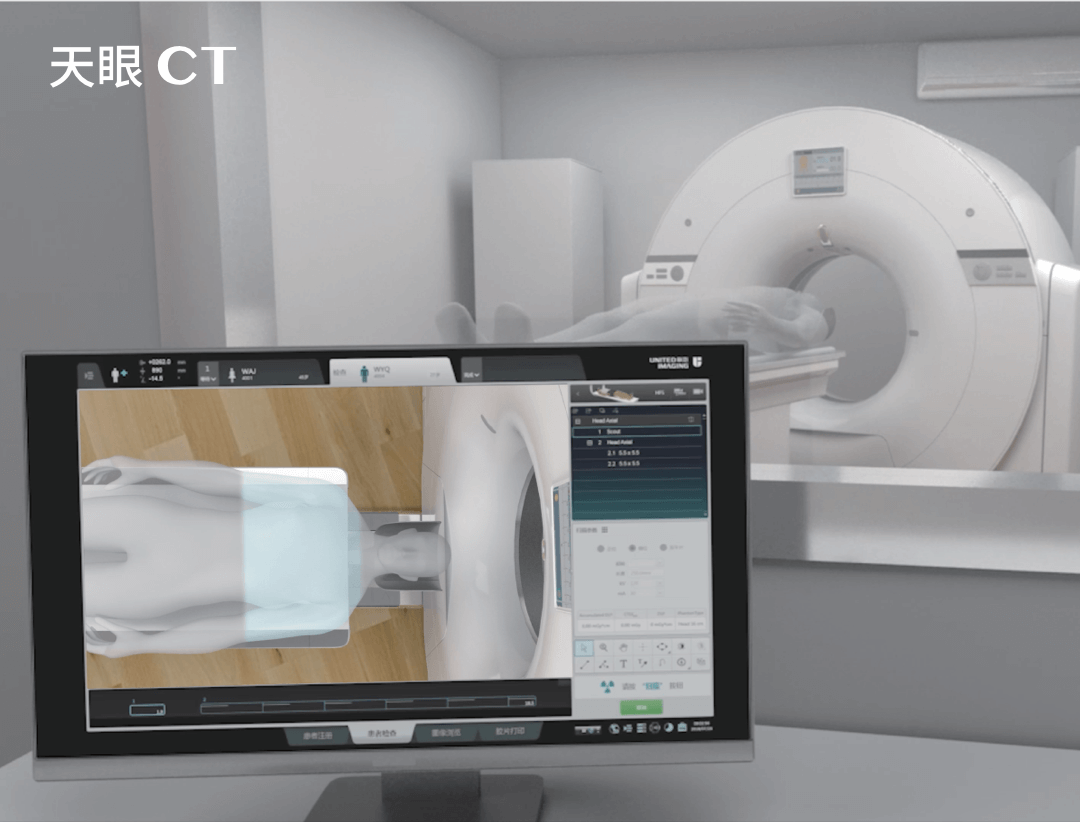Computed tomography of the joints
It allows the condition of the joints and surrounding structures, including bones, soft tissues and blood vessels, to be accurately assessed. This examination provides a range of valuable diagnostic information, which is particularly important in the diagnosis and treatment of joint pathologies.
What does a CT scan of the joints look like?
Computed tomography of the joints involves using X-rays to generate detailed cross-sectional images of joints. Using dedicated computer software, 3D images can be obtained to help identify structural and pathological abnormalities within the joints.
What structures can be imaged by CT scan of the joints?
CT of the joints can image not only bone structures, but also soft tissues such as tendons, ligaments, muscles and blood vessels. This enables a comprehensive analysis of the condition of the joint under examination, including cartilage damage.
Computed tomography of the joints allows the following to be imaged:
- bone structure, including any degenerative or traumatic changes;
- soft tissue, including tendons, ligaments and synovial membrane;
- blood vessels (this involves the administration of a contrast agent);
- the presence of fluid in joints, which may indicate inflammation.
THIS MAY ALSO INTEREST YOU: CT UROGRAPHY
What conditions can be detected by CT scan of the joints?
This examination is particularly useful in the diagnosis of various pathological conditions, including:
- degenerative changes;
- injuries and fractures within joints;
- inflammatory joint diseases, such as rheumatoid arthritis;
- degenerative diseases such as arthrosis (osteoarthritis);
- tumours and cancer metastases in the joints.
When is a CT scan of the joints indicated?
CT scan of the joints is recommended especially when other diagnostic methods, such as X-ray or ultrasound, do not provide sufficient information or when a detailed assessment of the joint structure is required prior to a planned surgical procedure. This is especially important if serious injuries, degenerative changes, inflammation or cancer are suspected.
Preparation for CT scan of the joints
Preparation for a joint CT scan may require fasting, especially if the examination will involve the administration of a contrast agent. The patient must also inform the doctor about any allergies, chronic diseases and medications he or she is taking. Before the examination, all metal objects must be removed from the body and clothing that may affect the quality of the image.
THIS MAY ALSO INTEREST YOU: CT ANGIOGRAPHY
Computed tomography of joints – types
Thanks to its unique capabilities, a CT scan of the joints can be used in the diagnosis of a wide range of conditions, from injury and accident trauma through inflammation to degenerative changes and congenital abnormalities. Importantly, it allows precise analysis of selected anatomical structures. Below are the most commonly performed CT examinations of joints divided in accordance with the area studied.
Computed tomography of the knee joint
A CT scan of the knee joint is particularly useful in diagnosing degenerative changes, trauma or inflammation. This examination consists in taking multiple images using X-rays, with a detailed cross-sectional image of the joint subsequently created by computer software. Such detailed imaging makes it possible to identify even minor damage and pathological changes in the structures of the examined joint.
CT scan of the hip joints
Although it is not the primary imaging modality used in this area, computed tomography of the hip joint must sometimes be conducted, especially in situations where other diagnostic methods fail. With CT scans, problems with the hip joint (primarily pain, reduced mobility or limping) can be diagnosed quickly and accurately. This examination is used not only for diagnostic purposes, but also when planning hip surgery.
CT scan of the ankle joint
Computed tomography of the ankle joint is mainly used in the diagnosis of complex injuries and in assessing the condition of the ankles, ligaments and soft tissues in this area. It is a key tool in identifying inflammatory, rheumatoid, degenerative or cancerous lesions in the ankle joint. Computed tomography of the ankle joint enables a quick and precise analysis of its condition, which is essential for planning appropriate treatment.
READ ALSO: HOW SHOULD I PREPARE FOR AN MRI SCAN?
Computed tomography of the elbow joint
Examination of the elbow joint performed using the CT technique is a non-invasive, painless and quick method of evaluating and diagnosing possible abnormalities of this joint. Indications for a CT scan of the elbow joint may include planned procedures and surgeries, elbow injuries as well as evaluation of treatment effectiveness and an in-depth analysis of the condition of bones and soft tissues.
CT examination of the shoulder joint
Computed tomography of the shoulder enables an accurate assessment of its condition, e.g. after an injury or where pain is present. This examination identifies problems with bones, muscles, ligaments, tendons and cartilage. A CT scan of the shoulder joint is particularly useful when a doctor needs an accurate image in order to plan effective treatment.
Computed tomography of the joints provides extremely accurate images of joint structures, making it an invaluable tool in diagnosing and planning treatment of joint disorders. At the same time, it should be remembered that a decision to conduct a joint CT scan is always made by the doctor, guided by the patient’s best interests.
United Imaging Healthcare is making every effort to make joint CT scans as safe and accurate as possible. This is made possible, inter alia, by state-of-the-art software leveraging artificial intelligence algorithms so that CT examination can be performed with much lower radiation doses while maintaining perfect image quality.
READ ALSO: IS IT SAFE TO HAVE AN MRI SCAN DURING PREGNANCY?
*ATTENTION! The information contained in this article is for informational purposes and is not a substitute for professional medical advice. Each case should be evaluated individually by a doctor. Consult with him or her before making any health decisions.



